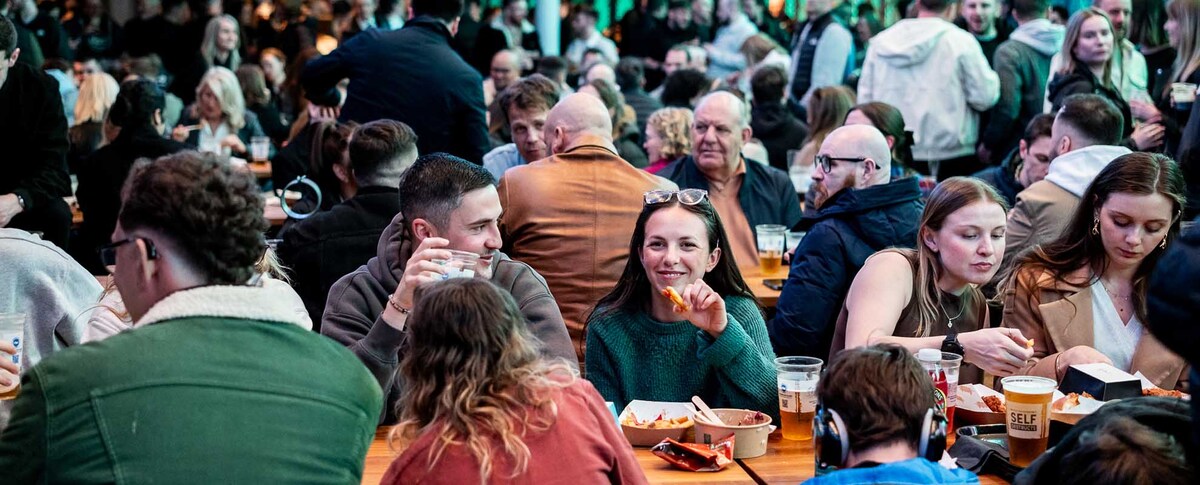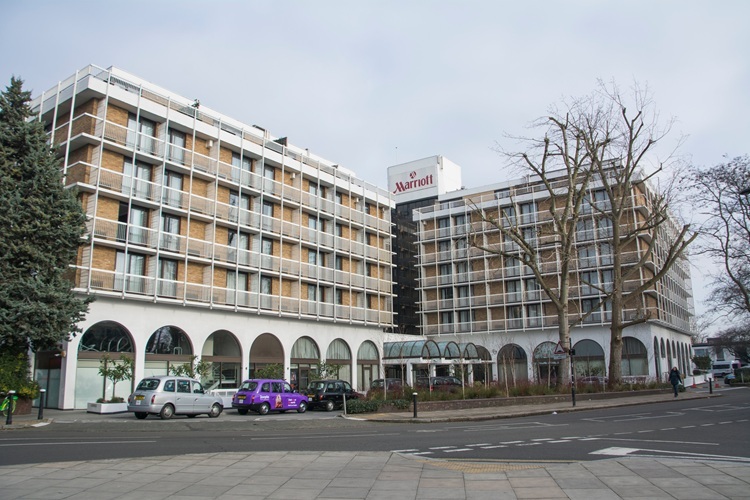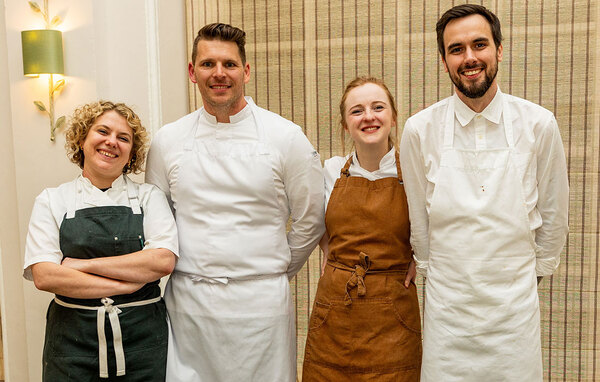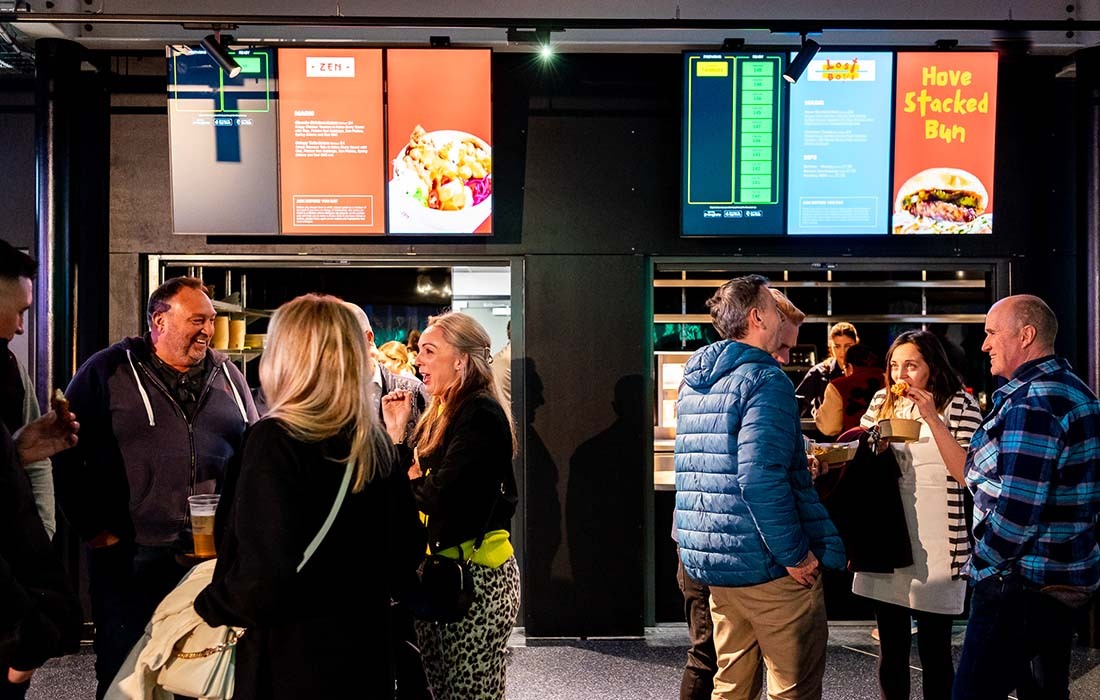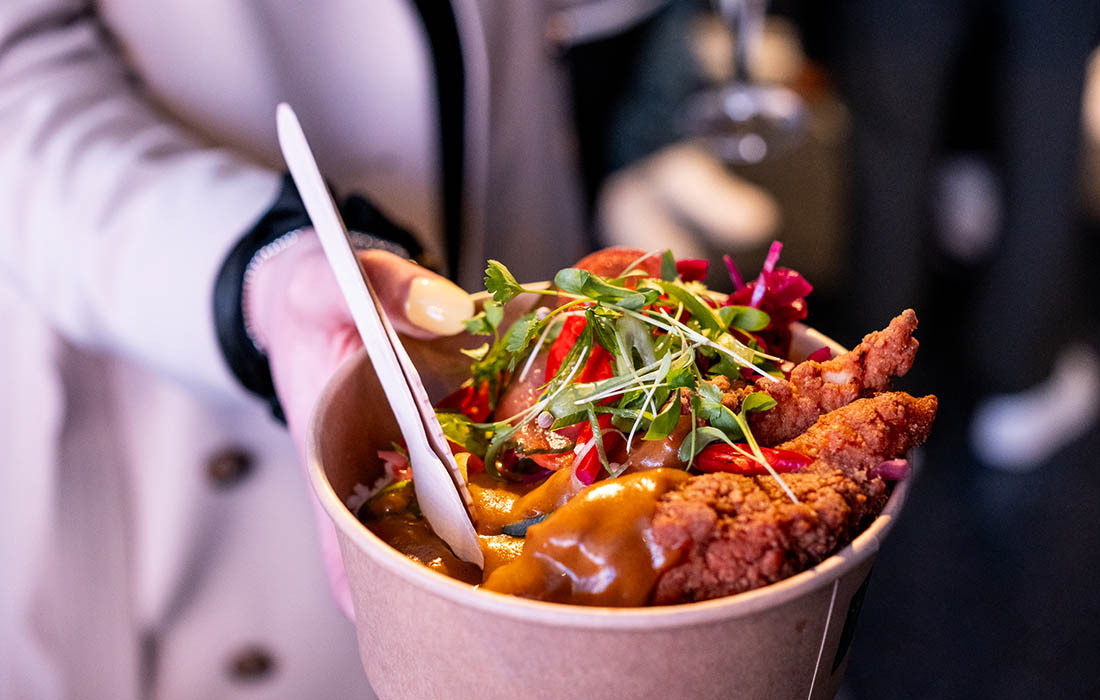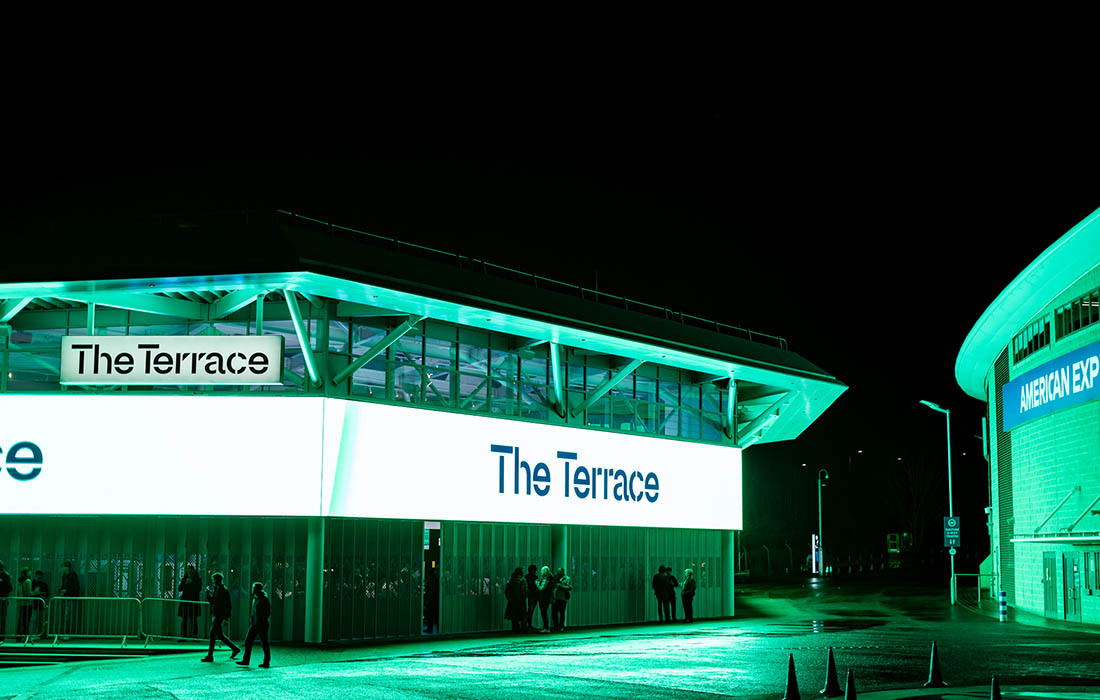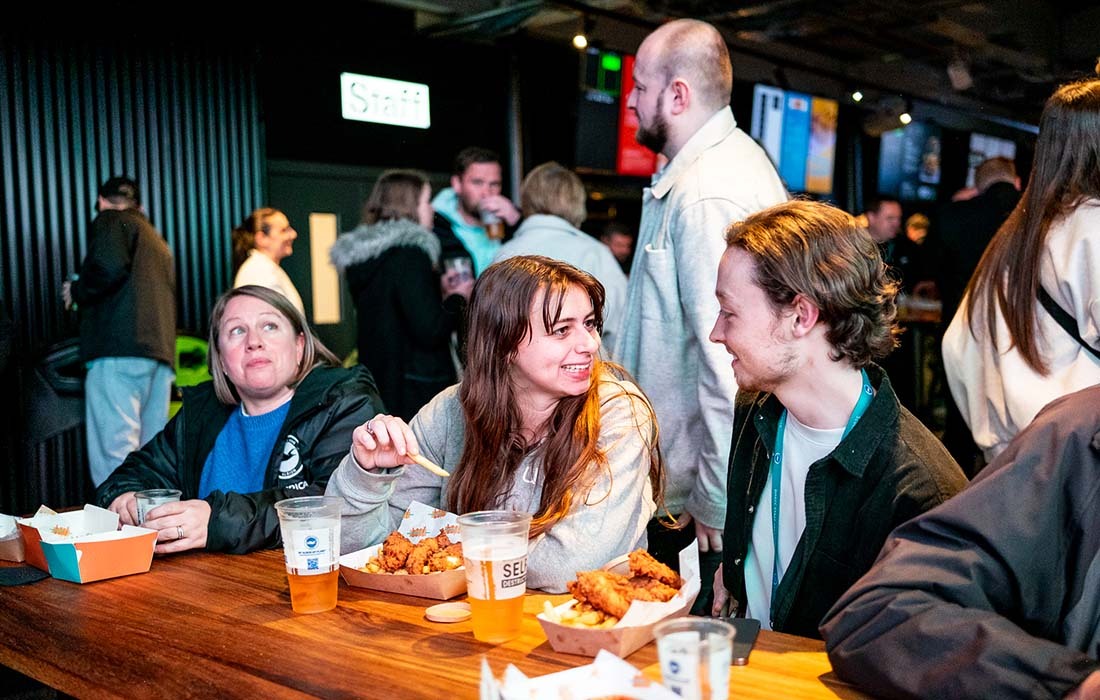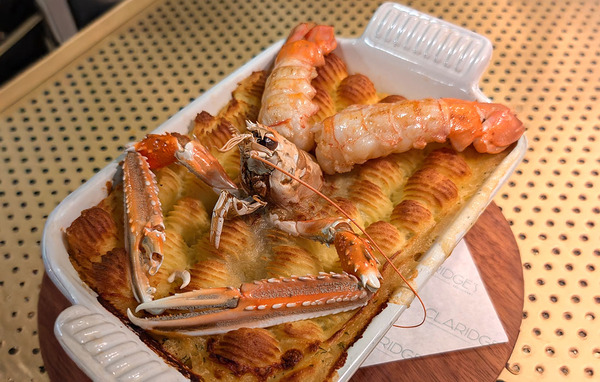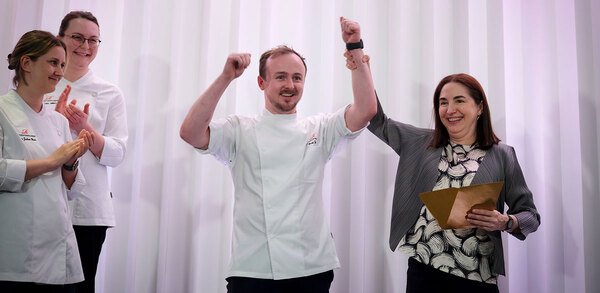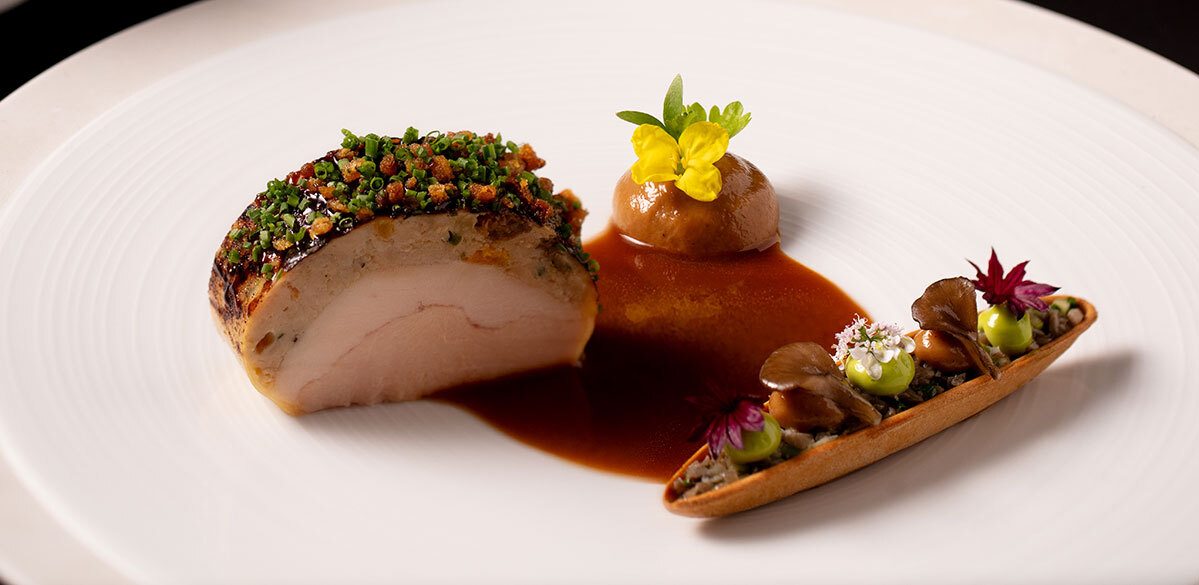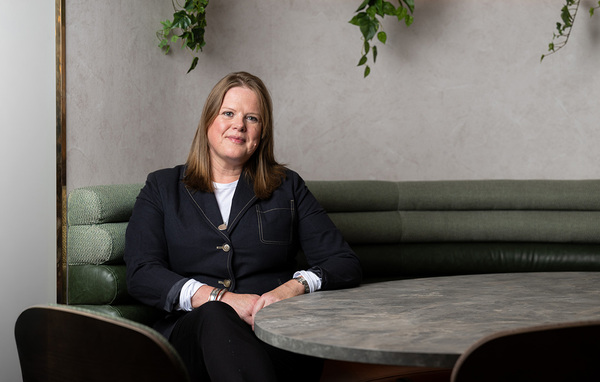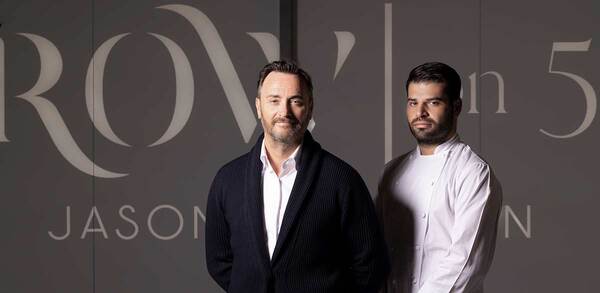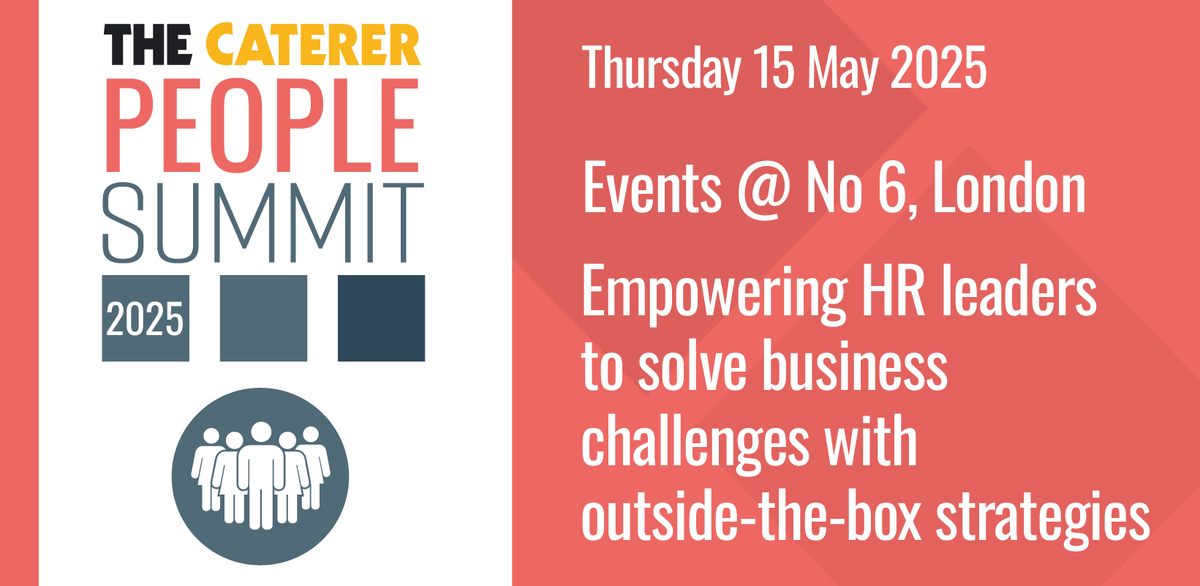Air fryer chips and quick-pour pints: Is this the future of stadium catering?
Sodexo Live! has introduced innovations that signpost the future of stadium catering. Chief executive Claire Morris gives an insight into the blueprint from Brighton & Hove Albion FC
The overhauled catering offer at Brighton and Hove Albion football club won the Innovation Award at the 2024 Foodservice Cateys and the work undertaken by Sodexo Live! has shown the way forward for stadium catering.
The event caterer introduced a raft of innovations, including a frictionless store, a self-service beer wall and a food offer based on air fryers – all of which use technology to improve the levels of service offered to visitors at the ground.
Claire Morris, chief executive of Sodexo Live!, says the project undertaken at Brighton & Hove Albion FC has built on Sodexo’s experience working with sports clients at stadiums across the UK, North America and France: “We have the benefit of leveraging our experience in all three territories to bring the best to our clients.”
The blueprint that Sodexo has developed for stadiums is flexible and changes according to the location of the property – whether it is in a town centre or on the outskirts of a conurbation, which determines how long people are in the ground before and after the sporting event requiring food and drink.
At Brighton’s Amex stadium, which is outside the town, there is a mix of offerings built around different requirements and the time constraints of the visiting customers. Customers are primarily there to see the sport and the F&B has to complement this. For those who are just after a quick drink before the game and at half-time the EBar Beerwalls dispense one, two or four drinks at the same time, speeding up the process for those eager to get back to their seats. Use of this equipment has seen serving time reduced to 30 seconds for two pints and supports the big proportion of fans who simply want to order draught beer when watching the football.
For those requiring more than a drink, but who also want a quick experience, the frictionless store offers speedy service for convenience foods such as pies and sausage rolls.
Customers simply scan their payment card to enter, and as they remove goods from the shelves the sensors, cameras and AI technology around the store calculate their bill and process the transaction when the person leaves.
The store uses technology from specialist provider AiFi that is similar to the Amazon Just Walk Out (JWO) store solution that has been deployed by Sodexo at the Seattle Mariners baseball stadium, T-Mobile Park, in the US.
“There are seven JWO stores in the stadium that has enabled speed of service, which is needed because there are no breaks in baseball, it just keeps going so you need speed. There are no queues at all because all the stores are frictionless,” says Morris, who adds that stadiums showing NFL games in the US have very different requirements as the games have frequent breaks and customers demand a very varied food offer.
Another innovation at the Amex has allowed the stadium to serve chips on the concourse within the ground. In what is a first in a football stadium, industrial-sized air fryers are being used to cook chips in an area that would previously not have been allowed because of rules around extraction capabilities. “It has been put at the end of the stadium where the families are, so it has gone down very well with fans,” says Morris.
For visitors requiring a more substantial food offer Sodexo has also introduced a mix of kiosks into the newly-built Terrace Fan Zone. These include two local food brands, Lost Boys Chicken and the new BITES concept from chef Steven Edwards, owner of the Michelin Guide-recommended Etch restaurant in Brighton, along with Zen Street Food and Melts Café that were created by the Sodexo team.
“This wider food offer with a broad range enables us to segment customers and the speed of service they want,” says Morris. The Fan Zone holds 1,000 people (that jumps to 3,000 in warmer weather) across two levels and has been built for fans to use before and after the game. By operating longer hours beyond the match the area is used to help with the management of crowds arriving and dispersing.
Providing a variety of different F&B offers at individual sports stadiums is vital, according to Morris, because “we genuinely believe there is not one-size-fits-all”. “We’ve provided three different types of ways to buy for different customer needs [at Brighton & Hove Albion FC] when they walk into the stadium.”
What unites all customers is the desire for speed and on match days all F&B orders within the Terrace are undertaken digitally to quicken the process. This can either be done via the Brighton & Hove Albion FC app, by scanning a QR code, or using digital ordering kiosks before customers collect their food from the relevant vendor.
Beyond match days the Terrace will serve as a year-round entertainment venue, hosting live sports screening, music events, and themed experiences such as a Eurovision Party while also being available for private and corporate event hire. On these occasions regular contactless payments can be accepted.
Although no personal data is collected from the digital ordering and payments, Morris says there is still plenty of data that can be used to help the management improve the running of the stadium’s F&B offering: “We can see what people are ordering and which concepts are the most popular. We’ll start to see a pattern, with some people coming in for a pre-match pint but then post-match maybe having something else. We can see people’s preferences and the volume of sales.”
The innovations put in place at Brighton & Hove Albion FC are already having a positive impact. The post-game surveys have shown a 40% increase in customer satisfaction around foodservice speed and quality. Transaction data has also indicated a major reduction in waiting times at the frictionless store and EBar Beerwalls compared with traditional outlets.
This has undoubtedly helped boost sales. Data from the first Premier League match with the new innovations in place, at the end of last season, showed a 35% increase in total revenue from F&B compared with the previous average. This uplift was supported by a 25% increase in repeat visits driven by reduced queuing times, a clear demonstration of customers embracing the new set up.
The blueprint developed at Brighton & Hove Albion FC can be applied to other sporting stadiums but not necessarily in its entirety, according to Morris, who says more of a mix-and-match approach has to be taken with each property. “What’s great about the innovations [we’ve deployed] is that they are component parts and the relevant ones can be used in different stadiums depending on the specific requirements [of the owners and fans].”



